PRODUCTS
CONTACT US
Ningbo Nide International Co., Ltd.
一一
· Contact person:Jack Zeng
· Mob/Whatspp/WeChat:0086-13738869026
· Email:emarketing@nide-group.com;marketing4@nide-group.com
· Add:No. 169, Wohushan Road, Daqi Subdistrict, Beilun District, Ningbo, China

Nide team could manufacture ball bearing as per customer’s drawing and samples.
If customer only has samples, we could also design drawing fo r our customer.
We also provide customized service.
Our ball bearing is widely applied the different industrials.
Established in 2010, Haishu Nide International is a company devoted in the field of electric motors manufacturing, providing one-stop service for its customers. Nide has three main business divisions. The first division is to provide different kinds of motor manufacturing machinery, including stand along machine, fully-auto complete line for armature and stator production, and the motor assembly line. The second division is to supply the full range of magnet,thermal protector,fan,commutator,motor cover and lamination,shaft,etc. The third division is to provide technical support and consulting, project support and turn-key service for some motor manufacturing.
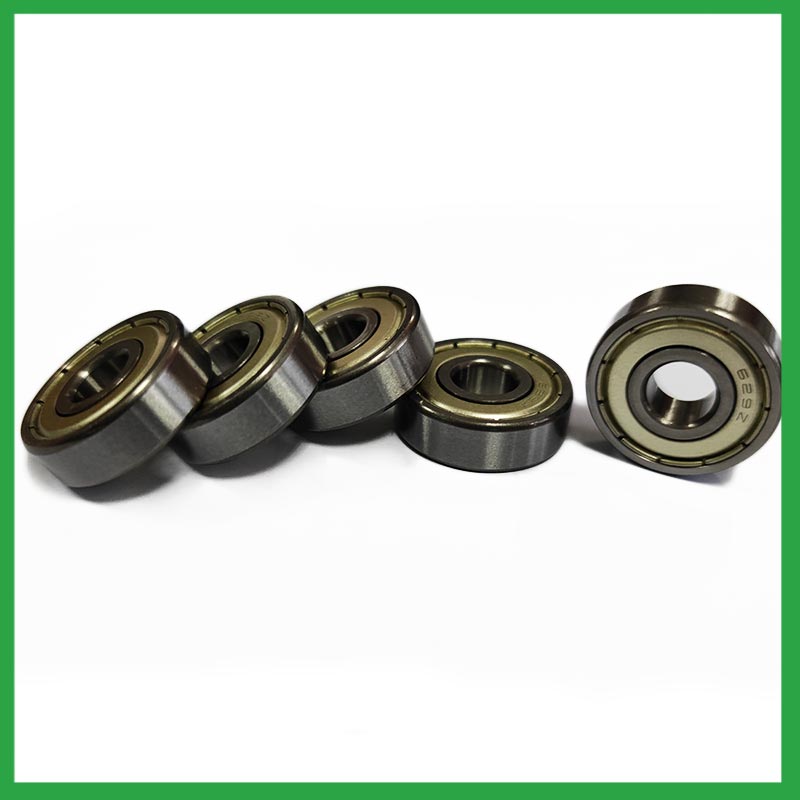
| Parameter | Information |
| Product Name | ball retainer bearing |
| Brand Name | Nide |
| Place of Origin | Ningbo,China |
| Type | Ball |
| Material | ceramics, etc. |
| Sample | Avaible |
| Warranty | 3months-1year |
| Lubrication | Dry/ Oil |
| Application | textile machinery, etc. |
| Port | Ningbo/Shanghai |
| Size(mm) | customize |
| Export Country | Argentina,Brazil,South Korea,Niue,Sao Tome and Principe,Comoros,Israel...etc |
| Export region | Oceania,Europe,Africa... |
| Certification | ISO 9001 Certification,CE-stator coil winding inserting machine,CE-stator coil lacing machine,etc |
| Precision Rating | as per customer's requirement |
| Feature | High precision,Low Noise...etc |
| Packaging Details | Suitable for sea transportation |
| Color | white+customized |
| Seals Type | Rubber seals |
| Service | Prompt Delivery |
| Supply Ability | 100000-500000 Piece/Pieces per Month |
| Lead time (days) | 15-20 (To be negotiated) |
Please note: The above table data is for reference only. For specific information, please contact us.
ball retainer bearing have the advantages of high efficiency,low friction coefficient,compactness,lightweight, and high load, and are used in main motion mechanisms and components, such as automotive drive components,transmission shafts,tires,motors, different motion mechanisms and accessories of airplanes and motorcycles.
During the installation process, pollution from dirt and wear media should be prevented;
Temperature and humidity should be controlled to avoid excessive temperatures during startup and operation;
It should be operated and lubricated in the correct reverse direction to avoid unnecessary damage.
Ball bearings have many advantages, making them highly competitive in the market.
Firstly, they are very durable and have good wear performance, making their service life longer than many other types of bearings.
Secondly, they are easy to install and can provide low friction performance in various applications.
Thirdly, they require a relatively low level of maintenance, making them cost-effective.
In addition, compared to many other types of bearings, their purchase cost is relatively low, making them an economical choice.




ball retainer bearing---FAQs Guide
2.How do preloaded ball retainer bearing enhance rigidity and reduce clearance in high-precision applications?
3.How do preload adjustments in ball retainer bearing affect their performance and suitability for high-precision tasks?
4.As a ball retainer bearing manufacturer,How Can We Guarantee Quality?
5.Can ball retainer bearing be used in both vertical and horizontal orientations?
6.About ball retainer bearing,What about the lead time?
7.Can ball retainer bearing handle shock loads and high-impact conditions in heavy machinery?
8.How do ball retainer bearing handle radial loads, axial loads, and combined loads, and what are their load-carrying capacities?
9.As a ball retainer bearing manufacturer,can you supply samples?
10.How do different ball retainer bearing designs, such as deep groove, angular contact, or thrust bearings, cater to specific applications?
11.Can ball retainer bearing operate in high-temperature environments like industrial ovens or furnaces, and how are they protected from heat-related damage?
12.Where can ball retainer bearing be used?
13.About ball retainer bearing,Will you check the products before shipment?
1.What are the ball retainer bearing product skill training options?
Quality comes from being controlled rather than be done. On the basis of the escalating production equipment and optimized process, Nide spare no efforts and keeps improving for quality control. Quality assurance covered with system, technology and human resources are in full swing.
2.How do preloaded ball retainer bearing enhance rigidity and reduce clearance in high-precision applications?
Enhance Rigidity: By applying a controlled axial force, preload increases the bearing's resistance to external forces and moments. This heightened rigidity is essential in applications where any deflection or misalignment must be minimized, such as in machine tools or robotic systems.
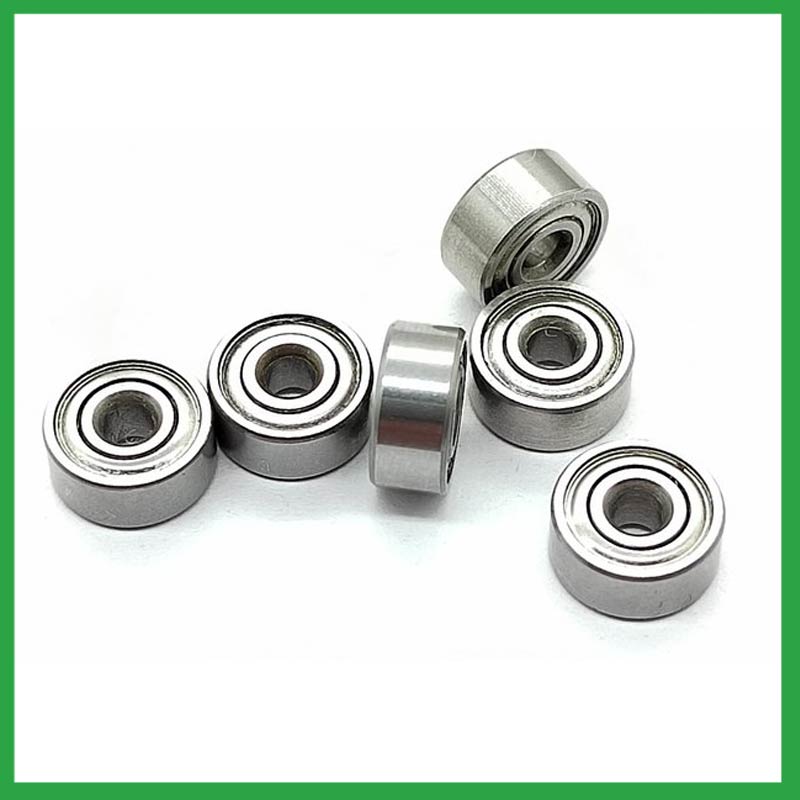
3.How do preload adjustments in ball retainer bearing affect their performance and suitability for high-precision tasks?
Benefits of Preloading a Bearing
Optimizes the ball spin to roll ratio.
Increases the rigidity of an application.
Protects from excessive ball skidding.
Decreases application vibration and sliding friction.
High running accuracy (even if load conditions keep changing)
Increases bearing load capacity.
4.As a ball retainer bearing manufacturer,How Can We Guarantee Quality?
Always a Pre-production Sample Before Mass Production;Always Final Inspection Before Shipment.
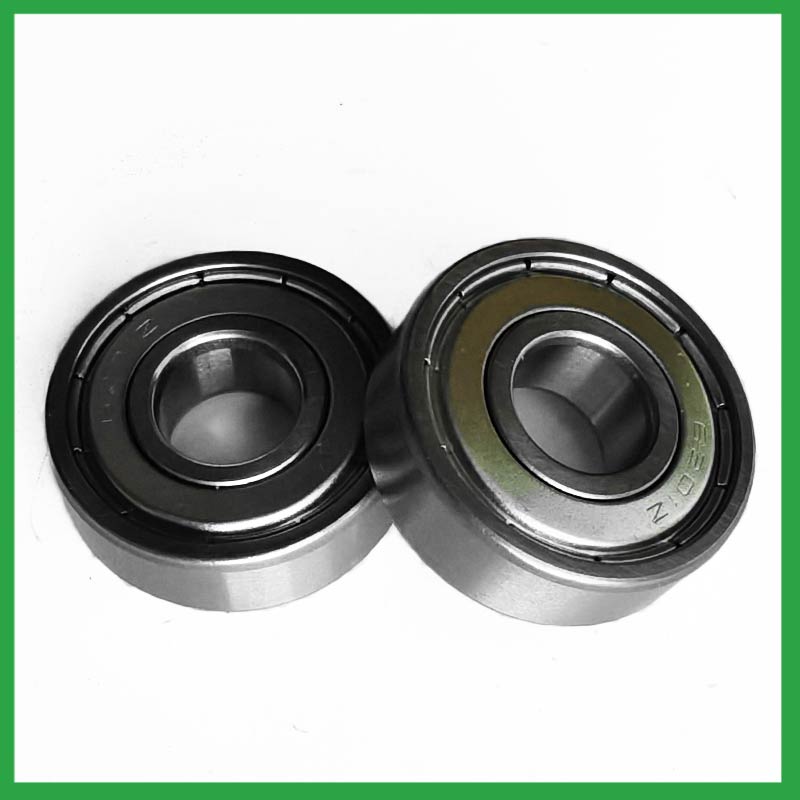
5.Can ball retainer bearing be used in both vertical and horizontal orientations?
Sleeve Bearings: Sleeve bearings, also known as plain bearings, employ a simple yet effective mechanism. A cylindrical sleeve separates the rotating shaft from the stationary portion of the bearing, reducing friction and enabling smooth rotation. Sleeve bearings are characterized by their quiet operation, cost-effectiveness, and suitability for horizontal mounting orientations.
Ball Bearings: Ball bearings introduce small metal balls between the moving parts, providing enhanced durability and reduced friction. This design allows for smoother and more efficient rotation, making ball bearings well-suited for high-performance applications and vertical installations.
6.About ball retainer bearing,What about the lead time?
3-7 days for samples, 3-4 weeks for mass production.
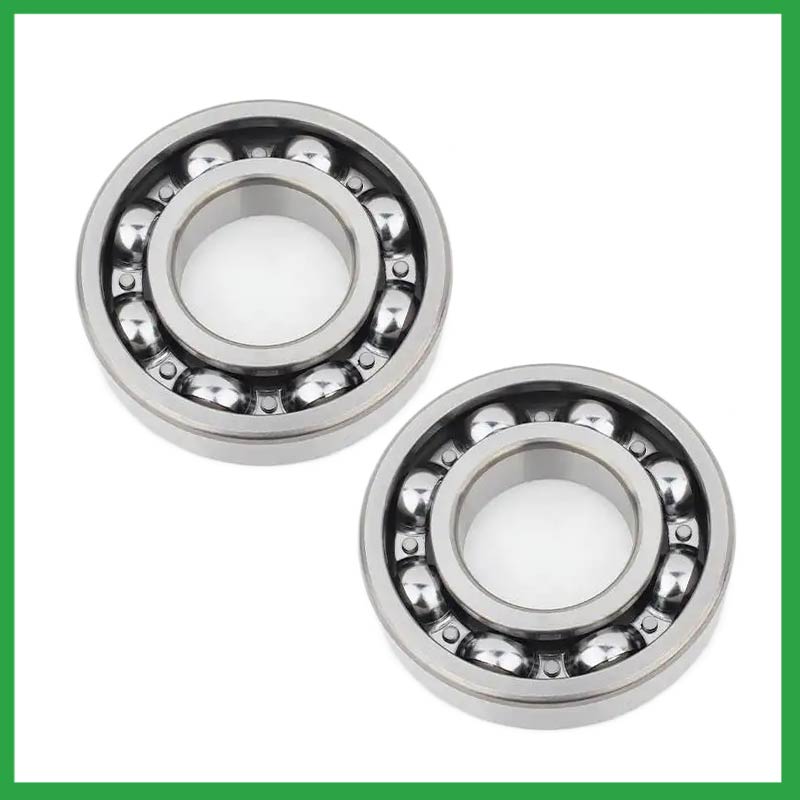
7.Can ball retainer bearing handle shock loads and high-impact conditions in heavy machinery?
As a general rule, ball retainer bearing are used at higher speeds and lighter loads than are roller bearings. Roller bearings perform better under shock and impact loading. Ball bearings tolerate misalignment better than roller bearings do. Roller bearings can handle heavy combined radial and thrust loads.
8.How do ball retainer bearing handle radial loads, axial loads, and combined loads, and what are their load-carrying capacities?
The type of bearing used also varies between these loads. While deep-groove ball retainer bearing are better equipped to handle radial loads, thrust ball bearings are designed for axial loads. However, it's essential to note that most bearings, such as angular contact ball bearings, can handle both radial and axial loads.The Bearing Static Capacity, Co, is the maximum load that can safely be applied to a non-rotating bearing that will not cause subsequent bearing operation to be impaired. It is based on calculated contact stress at the center of the most heavily loaded rolling element where it contacts the Inner Race.
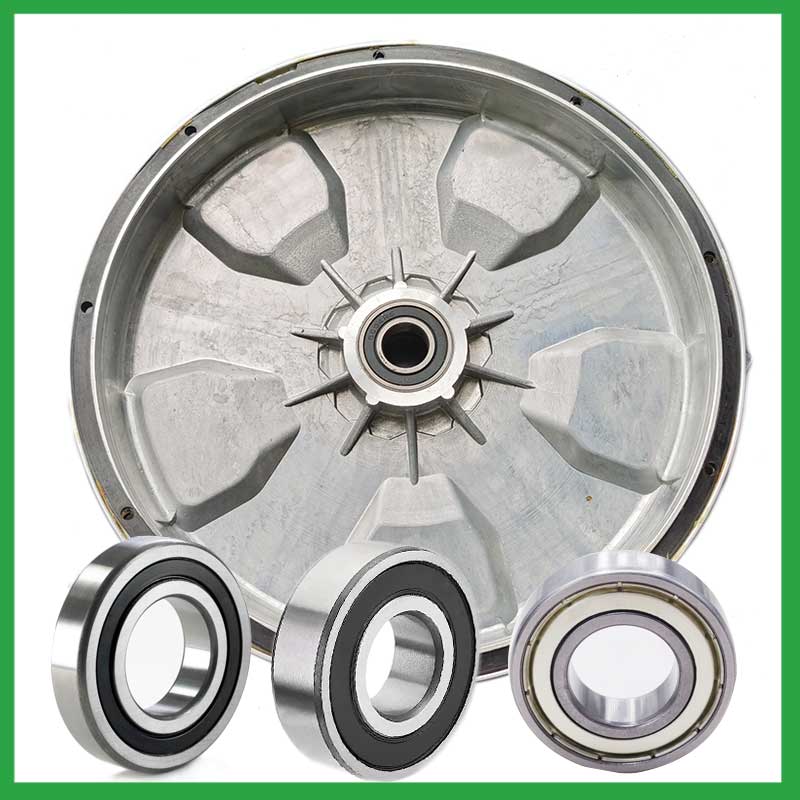
9.As a ball retainer bearing manufacturer,can you supply samples?
Sure, samples can be provided free of charge, and the buyer pay the postage of the sample.
10.How do different ball retainer bearing designs, such as deep groove, angular contact, or thrust bearings, cater to specific applications?
Deep groove ball retainer bearing: Deep groove ball bearings are the most common type. They can handle both radial and axial loads. Angular contact ball bearings: Angular contact ball bearings have higher than average internal axial clearance. They can handle axial loads in one direction and moderate radial loads.
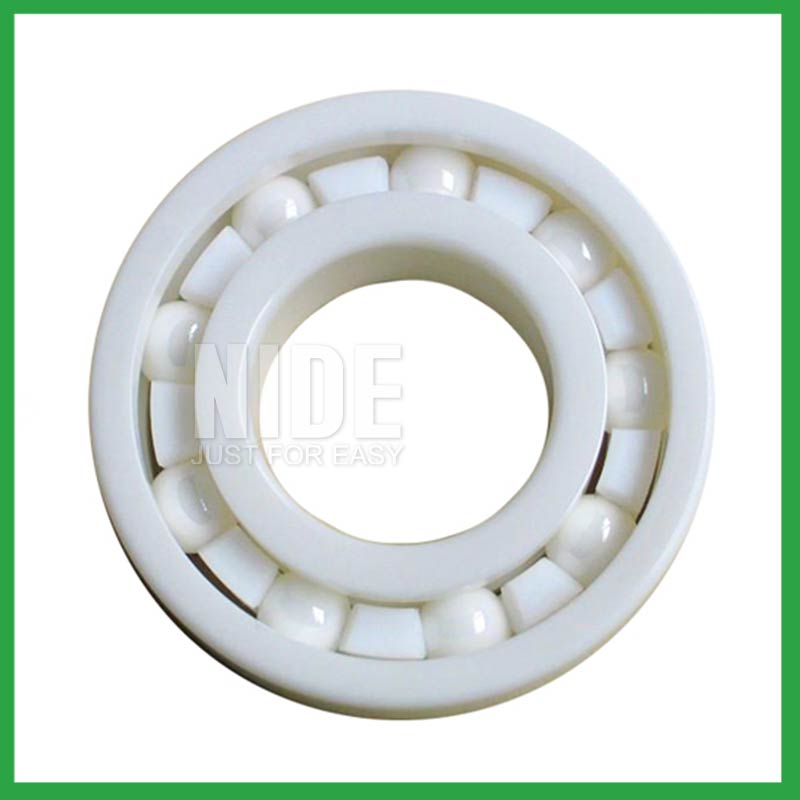
11.Can ball retainer bearing operate in high-temperature environments like industrial ovens or furnaces, and how are they protected from heat-related damage?
ball retainer bearing are capable of working at temperatures up to +842°F (+450 °C). Special lubricants, seals and coatings make this possible by protecting the ball bearings from heat damage.
12.Where can ball retainer bearing be used?
ball retainer bearing are very versatile. They can be designed to withstand radial loads, axial loads and combined radial/axial loads at various operating speeds. These characteristics, combined with the relative cost and compactness of the design, give it universal appeal within the industry. Ball bearings are widely used in electric motors, gear reducers and pumps. Serving the automotive, home appliances, aerospace, oil and gas drilling, and mining sectors.
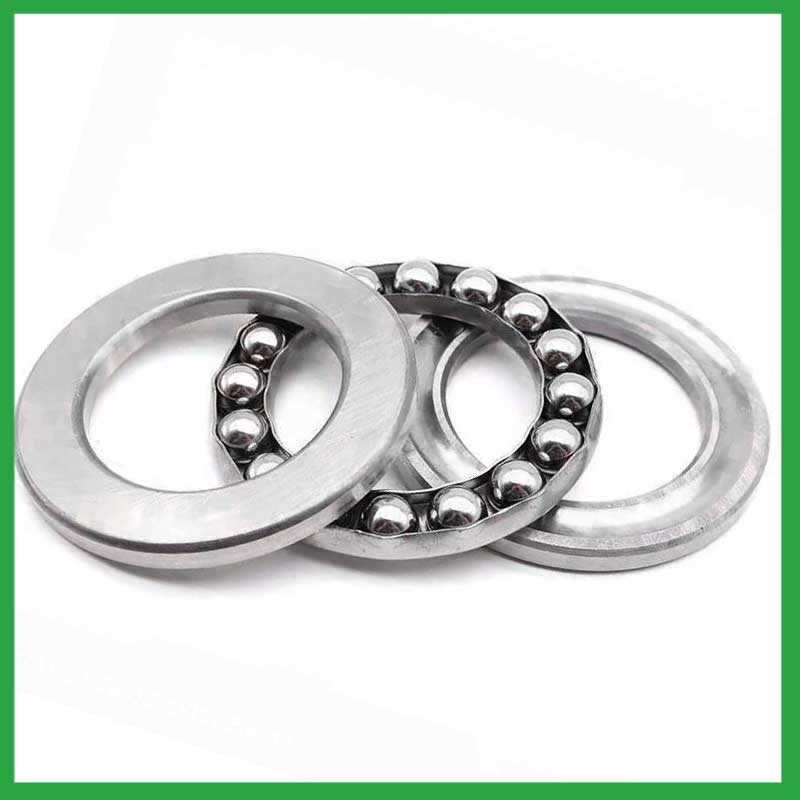
13.About ball retainer bearing,Will you check the products before shipment?
Yes, We have a professional QC team. Products will be strictly inspection before shipment.

